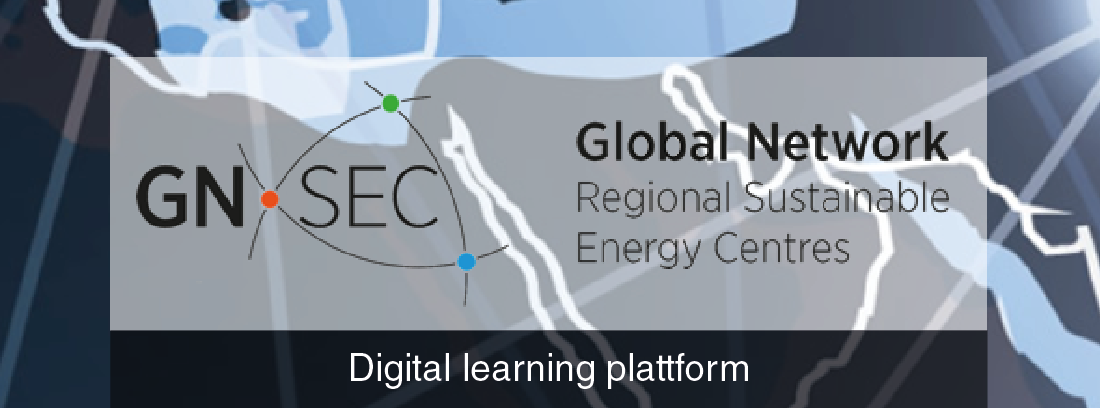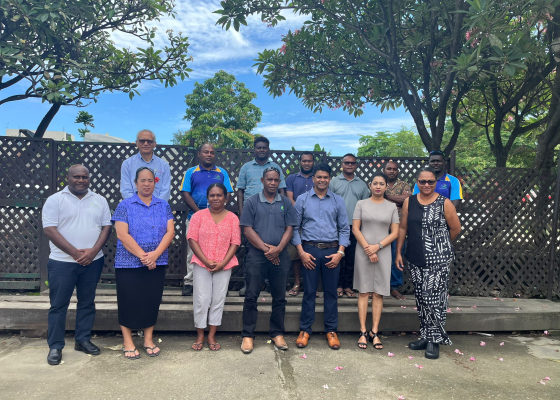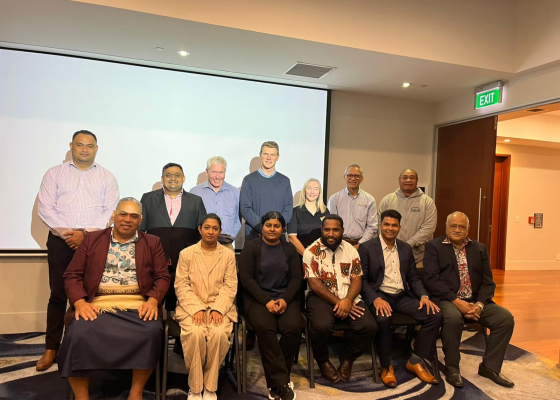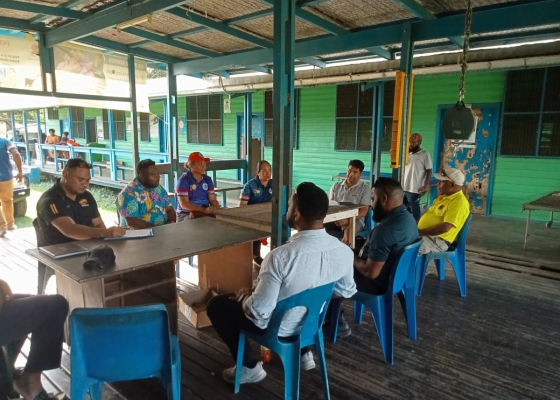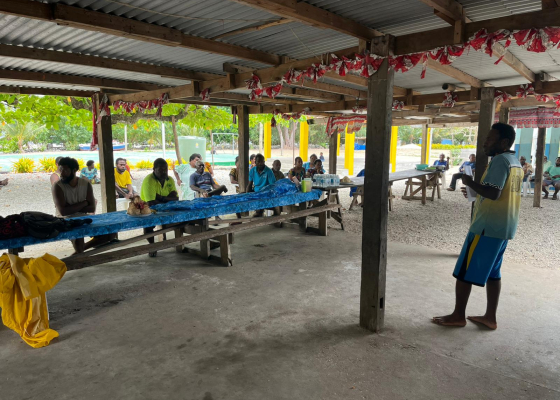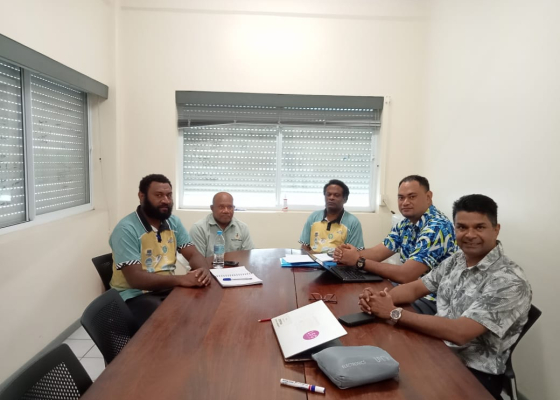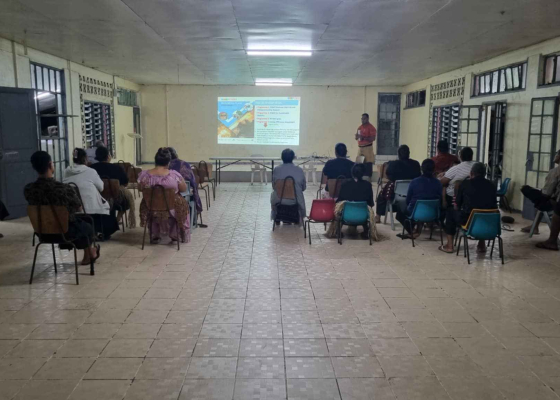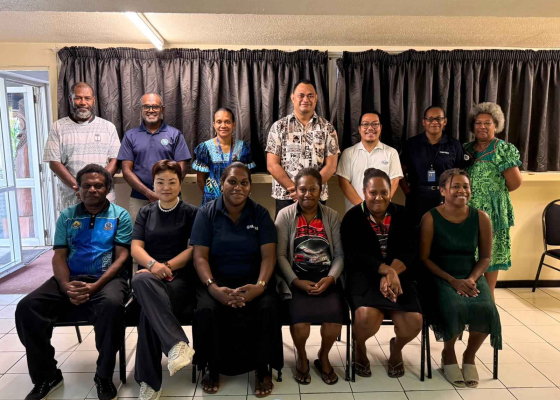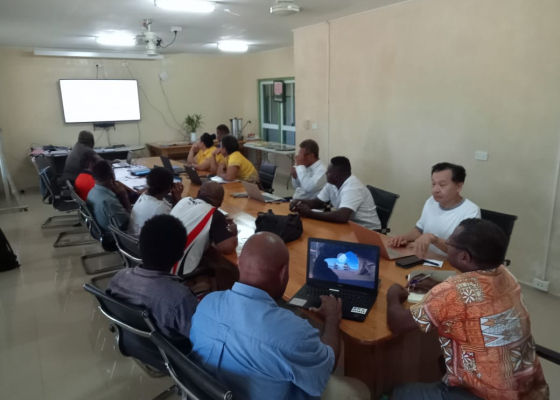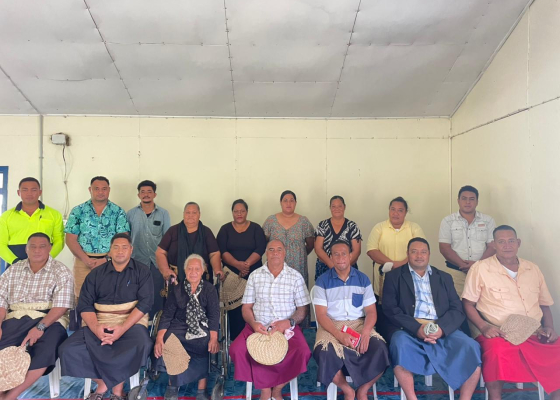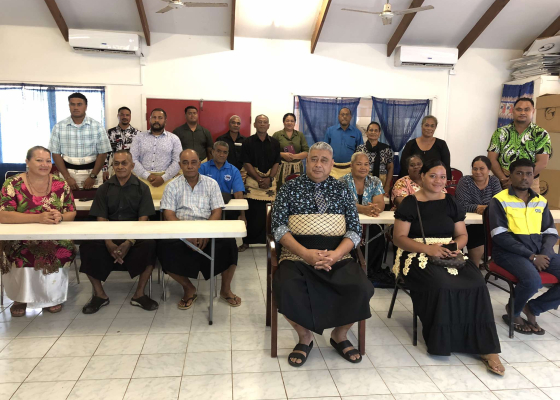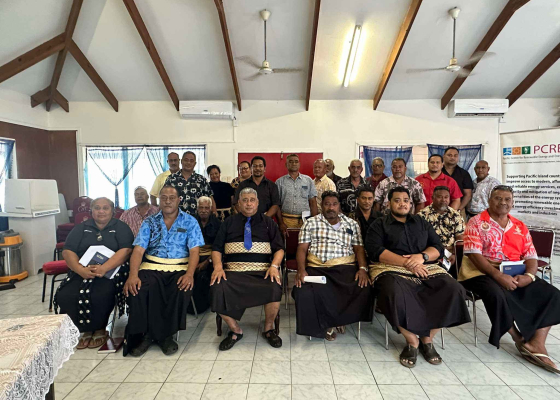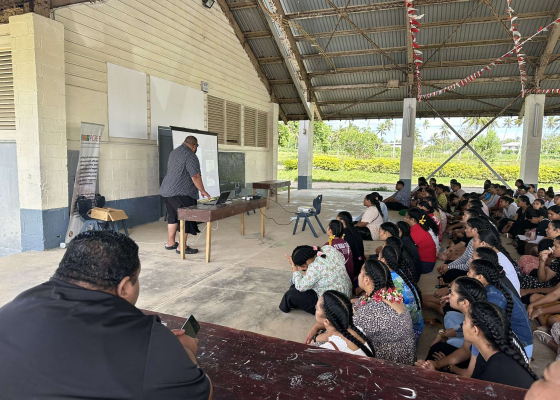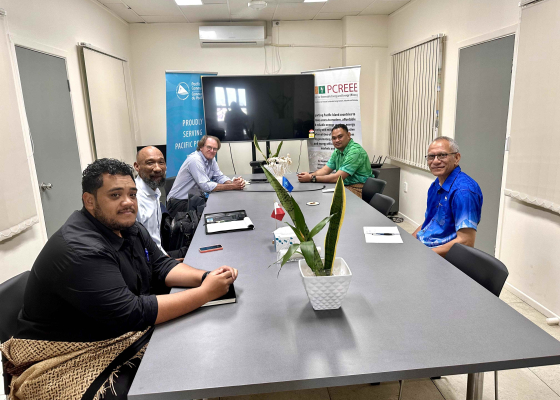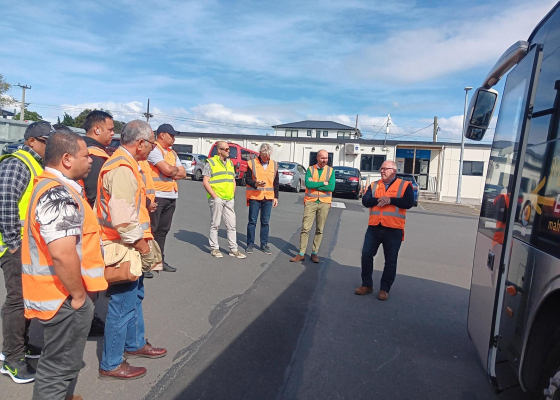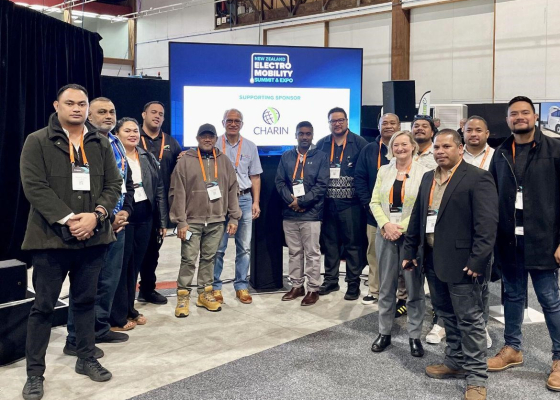White Paper: Empowering Low Emission Development in the Pacific - March 2018
The RALI Series is a collection of papers developed by the RALI project to share examples of low emission development in practice. The series features case studies, tools, and innovative new approaches in this space, highlighting user benefits and lessons learned. To learn more about the RALI project, visit https://www.climatelinks.org/projects/rali.
Article Introduction - Spread across 300,000 square miles of the Pacific Ocean, 14 island nations are tackling the challenge of transitioning to low-emission energy with a sense of urgency and resolve. Though small in scale, the experiences of these countries demonstrate technical approaches and regional collaboration useful to other nations around the world.
On a global scale, greenhouse gas emissions (GHGs) from these islands and other Small Island Developing States (SIDS) are negligible.1 Yet the very existence of many islands is threatened by climate-related impacts. Island nations are already feeling the impacts of sea level rise, ocean acidification, changes to the frequency and intensity of hurricanes, changing precipitation patterns, and coastal erosion. These nations understand the importance of reducing levels of GHGs through low emission development strategies (LEDS), and understand how LEDS link directly to their economic imperatives and sustainable development goals.
Upcoming Events
-
12/08/2025 to 12/12/2025
-
03/02/2026 to 03/03/2026






